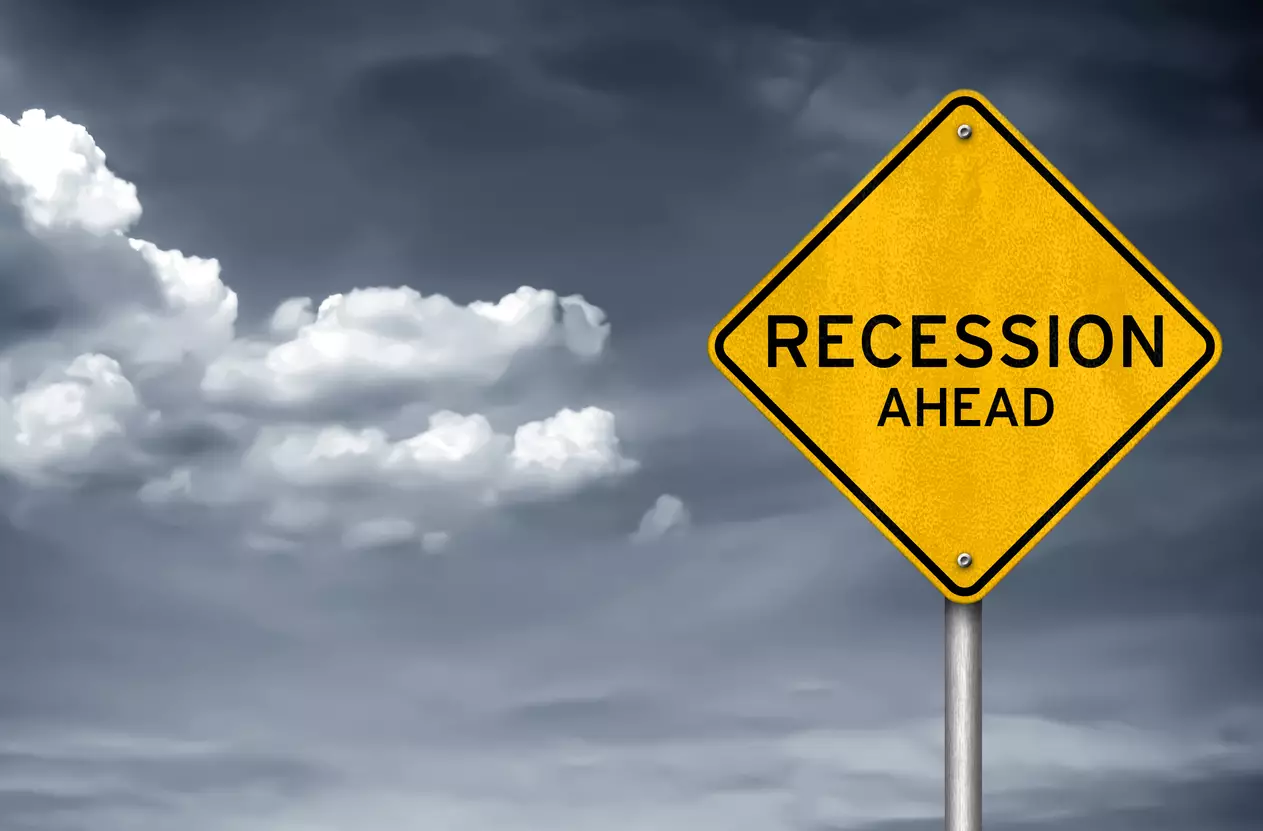In the intricate dance of global finance, traditional economic indicators and the burgeoning Bitcoin and crypto market are becoming increasingly intertwined. Recent macroeconomic data from the US suggests a cooling economy, and this could have profound implications for Bitcoin and other cryptocurrencies.
The recent macro data from the US paints a clear picture of a slowing economy. The job openings in July fell to 8.827 million from the previous 9.165 million, which is significantly below the expected 9.5 million. Additionally, the US ADP Nonfarm Employment Change for August came in at 177K, missing the estimate of 195K, indicating a sharp decline from the previous 324K. The GDP growth rate for Q2 was 2.1%, slightly below the estimated 2.4% and just above the previous 2.0%. The PCE Prices for Q2 were marginally below the estimate at 2.5% and showed a significant drop from the previous 4.1%. Similarly, the Core PCE Prices for Q2 showed a decline from the previous 4.9% to 3.7%. The Real Consumer Spending for Q2 was slightly above the estimate at 1.7% but significantly down from the previous 4.2%. However, there was a slight increase in Pending Home Sales for July, defying the estimated decrease.
The cooling US economy, as indicated by the recent macro data, might be setting the stage for a significant surge in BTC and crypto prices before a recession. In the current financial world, bad news is good news. The negative economic data suggests that the US Federal Reserve will not raise interest rates further and that Quantitative Easing (QE) is getting closer. These actions, in the short term, may support asset prices, but the long-term consequences in the form of a recession are being overlooked.
Renowned Bitcoin Layer analyst, Joe Consorti, highlighted the significant drop in job openings and the slowing job growth in August. He emphasized the cracks spreading in the labor market and the impact of rate hikes. He also pointed out the paradox of weak economic data driving stock market surges, relaxing investor fears of a hawkish Fed.
Michaël van de Poppe delved deeper into the relationship between traditional economic indicators and Bitcoin’s performance. He pointed out the inverse correlation between the Yields markets and Bitcoin, suggesting that as Yields show signs of peaking, Bitcoin could be poised for a surge. He emphasized the previous instances where the top in Yields marked the bottom of the bear market for Bitcoin.
Macro analyst Mortensen Bach predicted a potential downturn for the USD, a decrease in rates, and an uptick for both stocks and crypto in the next 6-10 months. While he believes that the soft landing narrative is nonsense, he warned of the repercussions of the Federal Reserve’s aggressive rate hikes.
Crypto trader Daan emphasized the looming recession fears and the potential for rate cuts and increased money printing in the near future.
The cooling US economy has significant implications for Bitcoin and other cryptocurrencies. The current economic data suggests a potential surge in BTC and crypto prices before a recession. The inverse correlation between traditional economic indicators and Bitcoin’s performance, along with the perspectives of various analysts, further support this notion. However, it is important to consider the long-term consequences of the current financial policies and the potential risks they may pose. As the global financial landscape evolves, the relationship between the economy and cryptocurrencies will continue to intertwine in complex and unpredictable ways.

